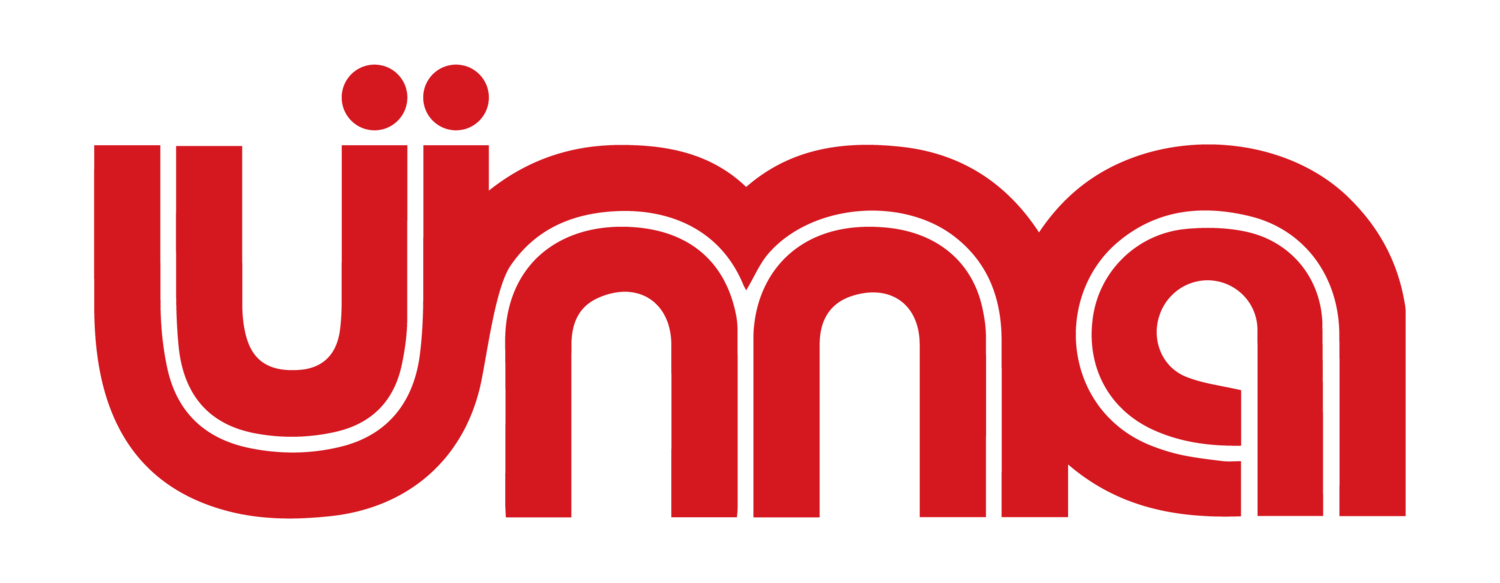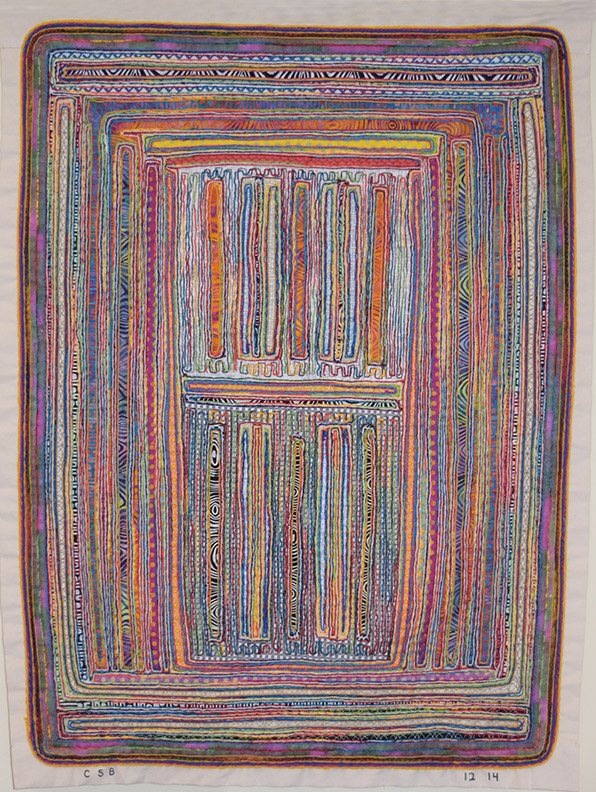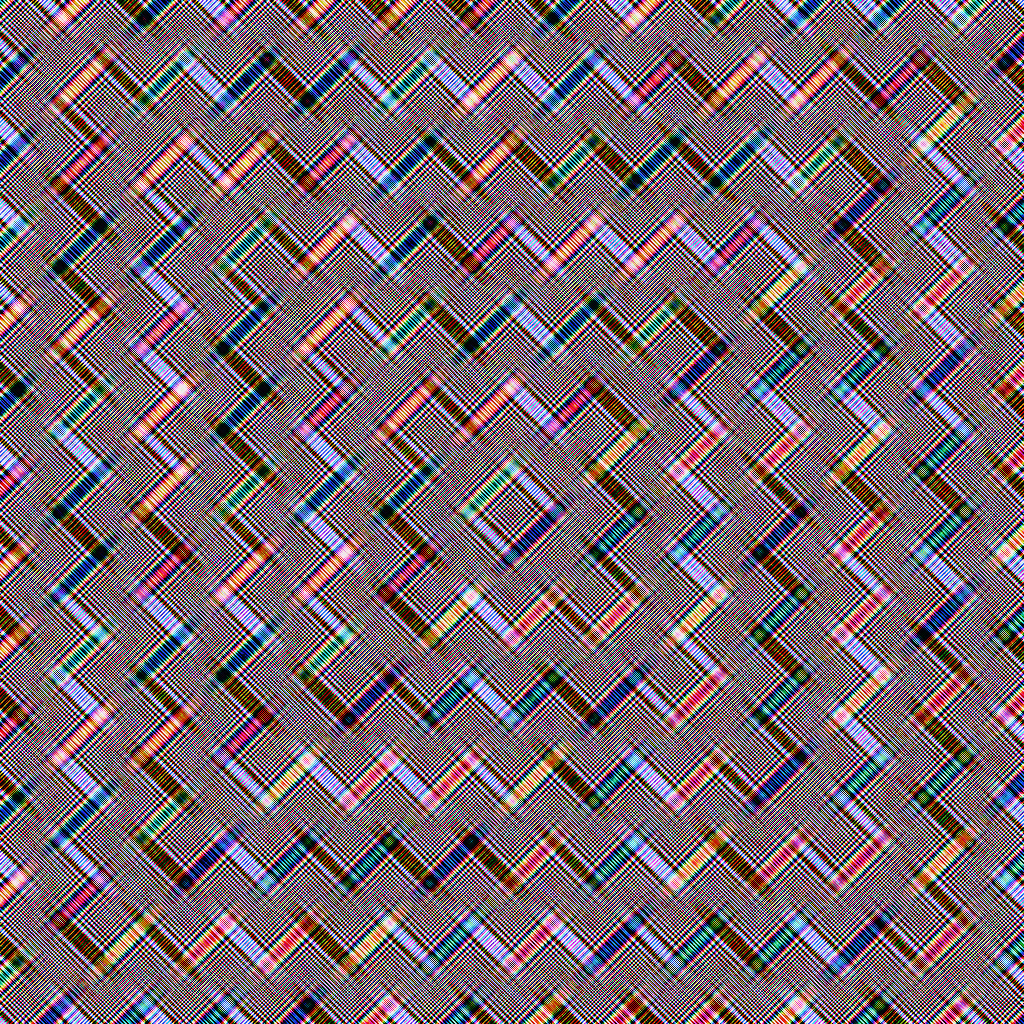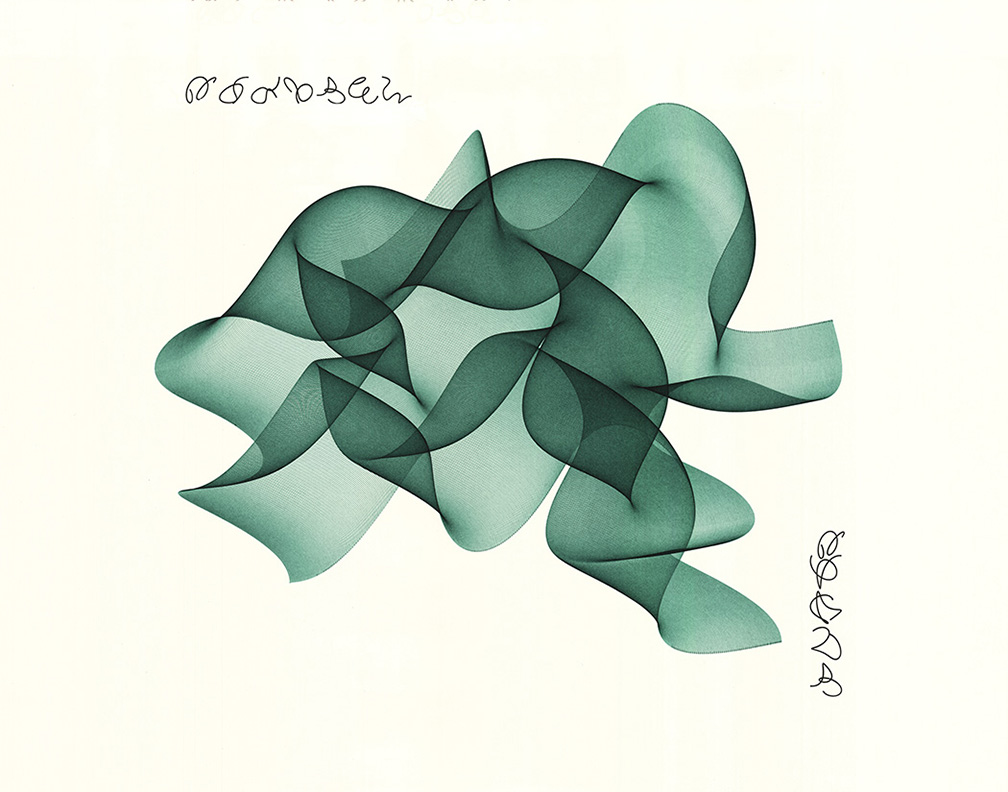All.go.rhythm
Opening Reception: Friday, October 2, 2015, 6:00 pm
October 2 - November 29, 2015
“All.go.rhythm” is a show of plotter drawings, digital prints, textiles, watercolors, installation and performance works by artists who work with algorithms. Algorithms are recipes for carrying out a logical or mathematical task. We associate them with computers, but the word is ancient and the concept more ancient still. Weaving, music, tiling patterns and architecture all make use of algorithms. Through computing and networking, algorithms shape contemporary culture and technology. Artists who create their own computer programs, which includes everyone in all.go.rhythm, have become especially aware of the power of algorithms.
Computational algorithms play a critical role in the art practices of the four artists in all.go.rhythm, hence the title, which also suggests that algorithms may be found everywhere. Colette Bangert, Roman Verostko, and Jean-Pierre Hébert are highly regarded pioneers of what was once referred to as “computer art,” and now is called “new media art.” With the collaboration of her husband Charles Jeffries Bangert, Colette Bangert produced some of the earliest digital art in the form of plotter drawings. In 1995, Jean-Pierre Hébert and Roman Verostko together founded the Algorists, a group of artists working with algorithms. Curator Paul Hertz, an artist who curated last year’s glitChicago show at UIMA, has developed free software for artists.
The catalog for all.go.rhythm features essays by Grant Taylor, noted author of When the Machine Made Art: The Troubled History of Computer Art, and Debora Wood, who as Senior Curator at the Mary and Leigh Block Museum of Art curated (with Paul Hertz) Imaging by Numbers: A Historical View of the Computer Print.
Order Catalog – HERE
Special Event:
Symposium with the artists: Saturday, October 3, 2:00 pm
Sponsored by Carl & Marilynn Thoma Art Foundation
Featured image:
Paul Hertz
i as in beet, a as in father (El guateque), 2015
Archival pigment print on paper, 18 x 18 inches
Software: GlitchSort, an application written by the artist in Processing.
Description: The characteristic frequencies of the human voice pronouncing the vowel sounds “i as in beet, a as in father” were used to modify an image that was treated as if it was an audio signal. The audio signal was encoded back into image format, and output to a file.




